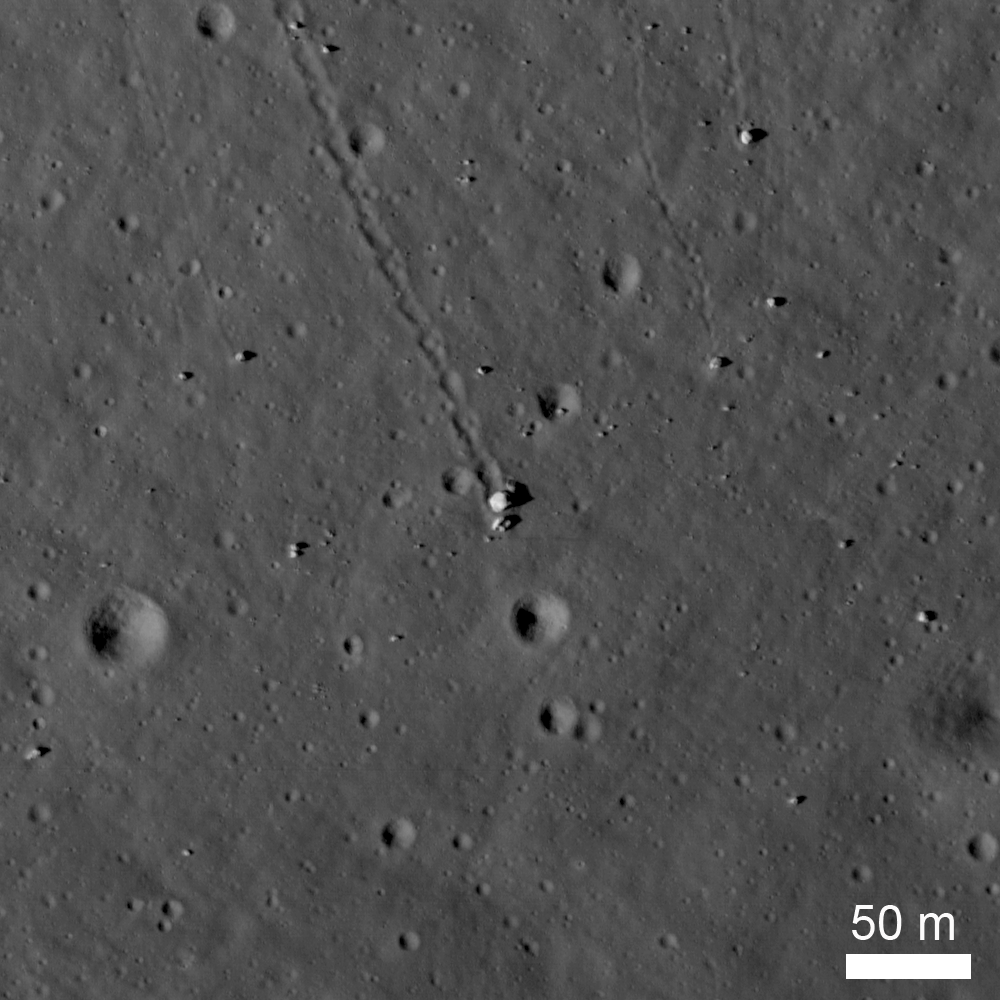

As time and oxygen dwindled for the twosome, their quest was called off by Earth control. But getting to the feature proved elusive. Using LRO to find surplus hardware on the moon will become even easier once the spacecraft is lowered closer to the moon, reaching a primary mapping orbit some 30 miles (50 kilometers) above the rugged lunar terrain.Īnd there's a bit of moonwalking mystery that LRO might be able to resolve.ĭuring the Apollo 14 expedition, Alan Shepard and Edgar Mitchell tried to walk to the rim of Cone Crater, dragging with them a two-wheeled tool cart. Lunar archaeologists, interested in making the Apollo 11 site a National Historic Landmark, hope the planned photos will answer some of these longstanding questions: What is the condition of Tranquility Base after 40 years? Was the American flag blown over on the Eagle's ascent and is it now a bleached skeleton? What are the relatively long term effects of the lunar environment on human artifacts? "You'll see things sitting on surface." Churned-up lunar regolith, the tracks of the three lunar rovers used during the Apollo program, should also be visible. "I know we'll see the descent stages…and I know we'll be able to find the ALSEPs," Robinson told. And the orbiter will look for Apollo Lunar Surface Experiment Packages (ALSEP) – an array of scientific devices deployed on the lunar surface by Apollo moonwalkers. The descent stages of other Apollo missions should be visible, too. "It will be unambiguous that the descent stage is sitting there," Robinson said. At low sun it's likely that the lander legs will cast shadows. Apollo 12 astronauts even found the first meteorite ever discovered on another world, the Bench Crater carbonaceous chondrite.For the Apollo 11 site, "you will definitely see this square thing sitting on surface," said LROC's Principal Investigator, Mark Robinson of Arizona State University in Tempe. Astronauts bagged 842 pounds (382 kg) of Moon rocks, which represented everything from mare basalts to ancient highland rocks to impact-shattered rocks called breccias.

All the landing sites lie on the near side of the Moon and were chosen to explore different geologic terrains. LRO's orbital imagery and photos taken in situ by the Apollo astronauts will serve to illuminate our ramblings from one Apollo site to the next. Top, clockwise: James Irwin salutes the flag at Hadley Rill Harrison Schmitt collects rock samples in the Taurus-Littrow Valley Buzz Aldrin's footprint in the lunar regolith Charlie Duke placed a photo of his family on the Moon and took a picture of it Edgar Mitchell photographs the desolate landscape of the Fra Mauro highlands and Pete Conrad jiggles the Surveyor 3 probe to see how firmly it's situated. Six Apollo missions successfully landed on and departed from the Moon between July 1969 and December 1972. Given that the largest piece of equipment left on the Moon after each mission was the 17.9-foot-high by 14-foot-wide Lunar Module, you can see the problem.ĭid I say problem? No problem for NASA's Lunar Reconnaissance Orbiter (LRO), which can dip as low as 31 miles (50 km) from the lunar surface, close enough to image each landing site in remarkable detail. In visible light, it's 0.05″, or closer to 300 feet. Hubble's 94.5-inch mirror has a resolution of 0.024″ in ultraviolet light, which translates to 141 feet (43 meters) at the Moon's distance. Not even the Hubble Space Telescope can discern evidence of the Apollo landings. They're the only places where humanity has achieved one of its oldest dreams and "touched the stars".Īs you're well aware, no telescope on Earth can see the leftover descent stages of the Apollo Lunar Modules or anything else Apollo-related. But here and there among the nooks and crannies, you'll find six of the most remarkable locales on the Moon - the Apollo landing sites.

How can you ignore it? You've doubtless observed craters and mountain ranges and probed for volcanic features like rills and domes. We all love dark moonless skies, but let's face it, the Moon's out two weeks a month. Earth glows blue 240,000 miles in the distance. Apollo 17 astronaut Harrison Schmitt with the American flag.


 0 kommentar(er)
0 kommentar(er)
